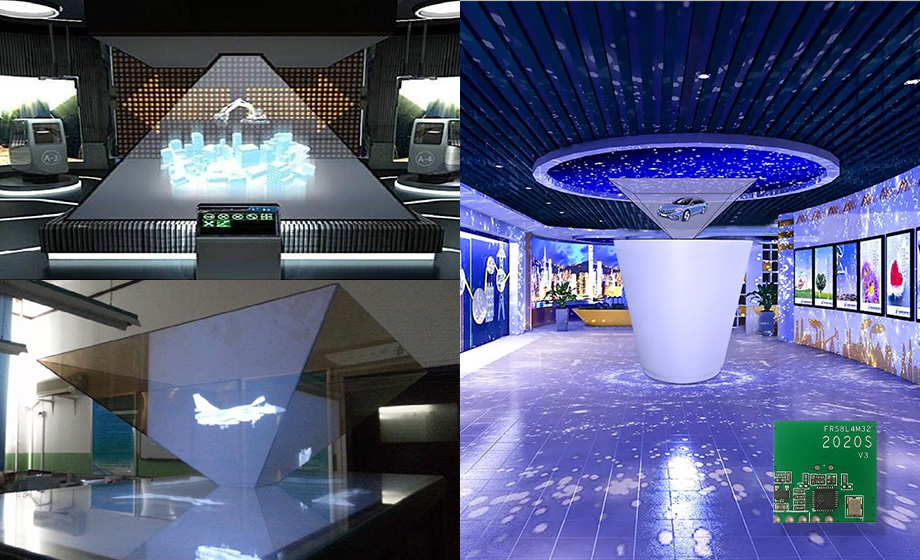Millimeter wave radar sensor stereo imaging radar microwave holographic radar introduction. Currently, vehicle-mounted millimeter-wave radar sensors directly use planar detection data or millimeter-wave data to detect and calculate the detected echo data. According to the characteristics of vehicle movement, a millimeter-wave radar alarm signal is formed. Currently, there are two alarm signals:

1. Threshold alarm, when a certain distance is reached, the signal alarm is relatively simple, and there is the possibility of false alarm and insufficient prediction.
2. The internal calculation and verification of the system, the internal chip of the millimeter wave radar sensor, when receiving the multi-target scanning signal, analyze the signal, analyze the signal that affects the main target independently, eliminate the miscellaneous signals, and then jointly calculate the speed and distance to form a low-level alarm and signal prediction .
Based on point trace alarm processing, data processing is relatively simple. The main steps are to first perform single-point alarm processing on the original point trace data generated by signal processing, and perform sliding window statistics on the target point traces that meet the single-point alarm. When the sliding window rule n/m is satisfied (m is the sliding window gate threshold, n is the number of alarm points), a radar alarm is formed.
What is a microwave holographic radar? In science fiction movies such as "Star Wars" and "Star Trek", such scenes often appear: the commander stands on the podium and waves his hand lightly, and a clear and accurate three-dimensional image of the battlefield can appear. Above is a new concept detection system - microwave holographic radar, which can perform 3D imaging.
If you want to understand microwave holographic radar, you must first talk about its technical source - holography (imaging) technology. The so-called holographic imaging technology records all the light reflection information, and then reconstructs the three-dimensional image in a certain way. We record the amplitude information of the light wave plane and record the phase information (ie, the azimuth information), and the 3D restoration imaging technology is called holography (imaging). ).
The original hologram was made by special processing of photosensitive film, but after the emergence of microwave detection technology, engineers and technicians found that if microwave detection method enters the field of hologram (imaging), there will be greater development prospects, because microwave is stronger than light wave ( high frequency electromagnetic waves) are more frequent and have some distinct advantages.
The microwave wavelength is between 1mm and 1m, which is 104 to 105 times that of the visible light wavelength. The wave interference fringes are thicker and the fringe interval is larger. According to the current measurement method, the microwave wavelength is larger, and it is easier to accurately measure the reflected wave information and reflected wave amplitude. and phase information, a better 3D holographic image of the object can be recovered. Secondly, the microwave wavelength, the lines and the amount of information on the hologram must be simpler than the light wave image with a smaller wavelength, and the amount of data is smaller, which is more conducive to computer signal processing. Compared with the current popular laser imaging technology, microwave holography also has advantages. For example, the monochromaticity of the microwave signal source is better than that of the laser, and the signal is purer, so the holographic image obtained by the microwave holographic imaging is clearer and of higher quality than the laser imaging.



